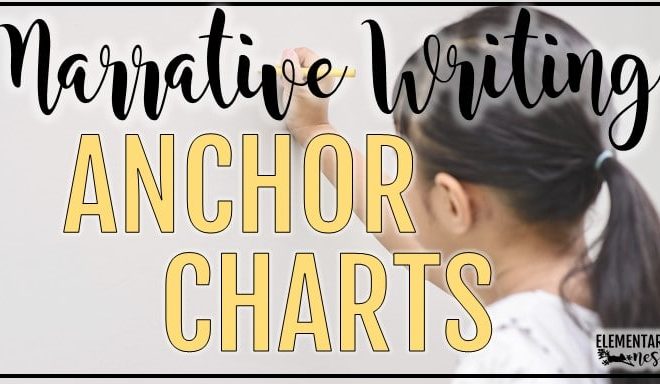The Best Dr. Seuss Activities for Teaching Phonics and Supporting Early Readers

Dr. Seuss is a beloved children’s book author whose whimsical stories and engaging illustrations have captured the hearts of children and adults alike. But did you know that his books can also be powerful tools for teaching phonics and supporting early readers? In this article, we will explore some of the best Dr. Seuss activities that you can incorporate into your phonics lessons to make learning fun and interactive.
1. Rhyming Words Matching Game: Dr. Seuss books are full of playful rhymes. Create a matching game where children have to match words with similar sounds. For example, if one card has the word “cat,” they would have to find the card with the word “hat.” This activity helps children develop their phonemic awareness skills and strengthens their ability to recognize and produce rhyming words.
2. Sight Word Fishing: Many Dr. Seuss books contain high-frequency sight words that early readers need to recognize quickly. Create a fishing game where children “catch” sight words using a magnetic fishing rod. Each time they catch a sight word, they have to read it aloud. This activity helps children practice sight word recognition in a fun and engaging way.
3. Story Retelling Puppets: After reading a Dr. Seuss book, have children create puppets of the main characters. They can then use their puppets to retell the story in their own words, focusing on the key events and important details. This activity not only strengthens their comprehension skills but also encourages creativity and storytelling.
4. Word Family Hats: Dr. Seuss books often include words from the same word family. Set up a station where children can create hats with word family endings, such as “-at,” “-an,” or “-op.” They can brainstorm and write down words that fit each word family, then wear their hats proudly as they read their creations aloud. This activity helps reinforce word families, phonics patterns, and reading fluency.
5. Green Eggs and Ham Cooking Activity: Bring the classic Dr. Seuss story “Green Eggs and Ham” to life by letting children cook their own green eggs and ham. They can follow a simple recipe using food coloring to dye the eggs green. As they cook and enjoy their meal, encourage them to practice reading the story aloud. This activity combines literacy with practical life skills and sensory exploration.
Remember, when using Dr. Seuss books for phonics instruction, it’s important to choose books that align with the specific phonics skills you are teaching. The activities mentioned above can be adapted to suit different levels and objectives. By incorporating these engaging activities into your phonics lessons, you can make learning fun and memorable for your early readers.






